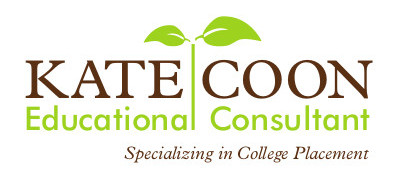On-page SEO is more than a checklist of factors that you need to optimize and maintain. It’s the gateway to getting your content in front of users, growing your brand, and maintaining a loyal customer base. Lastly, click-through rate (CTR) measures how many users click on your link in search results, signaling to search engines whether your page appears relevant to search queries. To optimize these metrics, you can improve LCP by using faster hosting, optimizing and compressing images, and minimizing render-blocking resources like JavaScript and CSS. For FID, focus on reducing JavaScript execution time, leveraging browser caching, and deferring non-critical scripts.
This can lead to increased click-through rates and improved SEO performance. The main purpose of auditing your title tags is to ensure that they inform the audience (and search engines) what they can expect to find on your web page. They’re essentially a precursor for the main content on your site. On-page SEO refers to the elements on a page of your website that you can optimize to improve its search rankings.
This chapter will show you how to write SEO-friendly title tags and descriptions. Google might not use your meta description to understand the content on your page, but searchers use it to figure out which result to click on. Our on-page SEO checklist and tracker helps you keep track of all the little things that you need to do to optimize your content. So if you’re looking for the key to enhancing visibility and user experience, this chapter will answer all of your burning questions. It will show you whether your target keywords appear in important areas.
📝 41. Include LSI Keywords In Content
If your site doesn’t format on a mobile device, you’ll struggle to rank highly. And if you have a Shopify store, check out my Shopify speed optimization tips. URLs are used by Google to understand your site structure and individual pages. Even small touches of personalisation can increase your site’s engagement and use your content to move people further down the buyer journey. Then, get the BHS Links tool to segment users based on their previous interactions with your site or interests.
SEO Content Assistant
To implement schema markup, you can use Google’s Structured Data Markup Helper or JSON-LD, a lightweight linked data format that is easy for humans to read and write. In addition, adding these links specifically helps improve the flow of PageRank on your site. When done correctly and strategically, pages with more links pointing towards them from other pages on the site are likely to have a higher PageRank. For example, if you had an online store that sold pet products, you may add a link from a blog post about Dog Grooming Tips to another post about Dog Shampoo. In addition, they provide another opportunity for you to include the primary keyword that you might be targeting for that URL. Moreover, if you include your primary keyword or other search terms within your descriptions, then Google will bold any words from the keyword within the search results.
Regularly monitoring and updating content is crucial to ensure it stays relevant and engaging and adheres to changes in search engine algorithms and user behaviors. While the basics of on-page SEO are crucial, there are also advanced techniques that can contribute to a more sophisticated optimization strategy. These advanced techniques, including technical SEO, can enhance a page’s ability to rank highly in search engine results and set you apart from your competitors. Headers refer to the HTML elements H1, H2, H3, etc., and are used to structure and organize the content’s hierarchy on a web page.
📝 34. Update Your Content Regularly For Freshness
- Each page on your site should include text content that discusses the page’s topic.
- To get the best possible outcome, all SEO processes have to work together, but the main job of on-site SEO is to optimize the content and structure of a page.
- It determines how well your website ranks for specific search queries, ultimately driving organic traffic and increasing conversions.
- It tells the user’s browser where to display what on the page and it also tells search engines what your page is about.
So, catering to how people read on digital screens is essential for online success. Your slug plays a minor role in helping Google understand the main topic of your page. Before or after you upload the image to WordPress, you can change the filename to something descriptive. For example, if you’ve uploaded an image of a Norwegian Forest kitten, that’s currently named kitten.jpg, you could change that to norwegian-forest-kitten.jpg. Along with your title, your description is a good opportunity for attracting clicks. Your title is an opportunity to attract clicks in search results.


No comments yet.